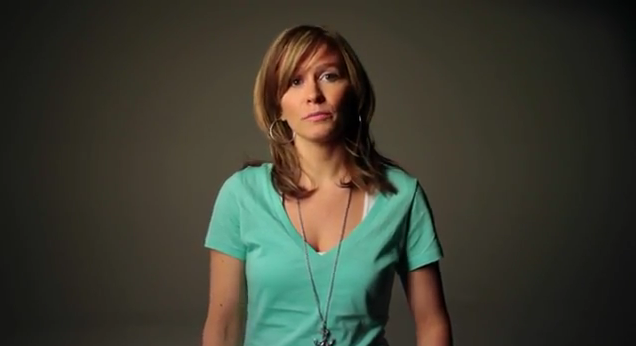In my last post I talked about some of the lessons I learned from my strategy simulation class. Luckily I was able to take the class again this semester with a couple of my class mates and had another really great experience. As part of the class we have to do a brief presentation on the results of the simulation and I thought it would be neat to share it online.
Having used, and been unimpressed by, some online presentation tools in the past I decided to try something new. Having recently learnt about SlideRocket I figured that importing my presentation into SlideRocket would be a good way to put the application through its paces.
As you can see the results are quite good. The free version was easy to sign up to and the import process handled the animations and transitions in the original PowerPoint pretty well. There were some minor fidelity issues, but nothing that couldn’t be sorted within a couple of minutes editing. All told I was able to sign up, take the interactive tour, import and tweak the presentation in under ten minutes. I was pretty impressed.
In addition to standard presentation tools SlideRocket offers some interesting looking analytical features in the professional version such as who is looking at your slides and how long people are spending on each slide. One question I couldn’t find answered in my brief excursion on the site though is how well such analytical data can be shared with other analysis tools for further investigation.
Update: According to SlideRocket you can export your analytics as CSV files:
@BenMeadowcroft you can export analytics from SlideRocket as CSV files and then do with them what you like. 🙂
— SlideRocket (@SlideRocket) February 17, 2012
